Capturing the essence of architecture isn’t just about pointing a camera at a building—it’s about telling a story through lines, light, and perspective. Architectural photography lets us preserve the beauty of design, showcasing the creativity and precision behind every structure. Whether it’s a towering skyscraper or a quaint historical landmark, every detail matters.
We all know architecture is more than just walls and windows; it’s art in physical form. To truly bring these masterpieces to life, we need the right techniques and a keen eye. From framing the perfect shot to mastering lighting and angles, understanding these essentials can transform ordinary photos into breathtaking works of art.
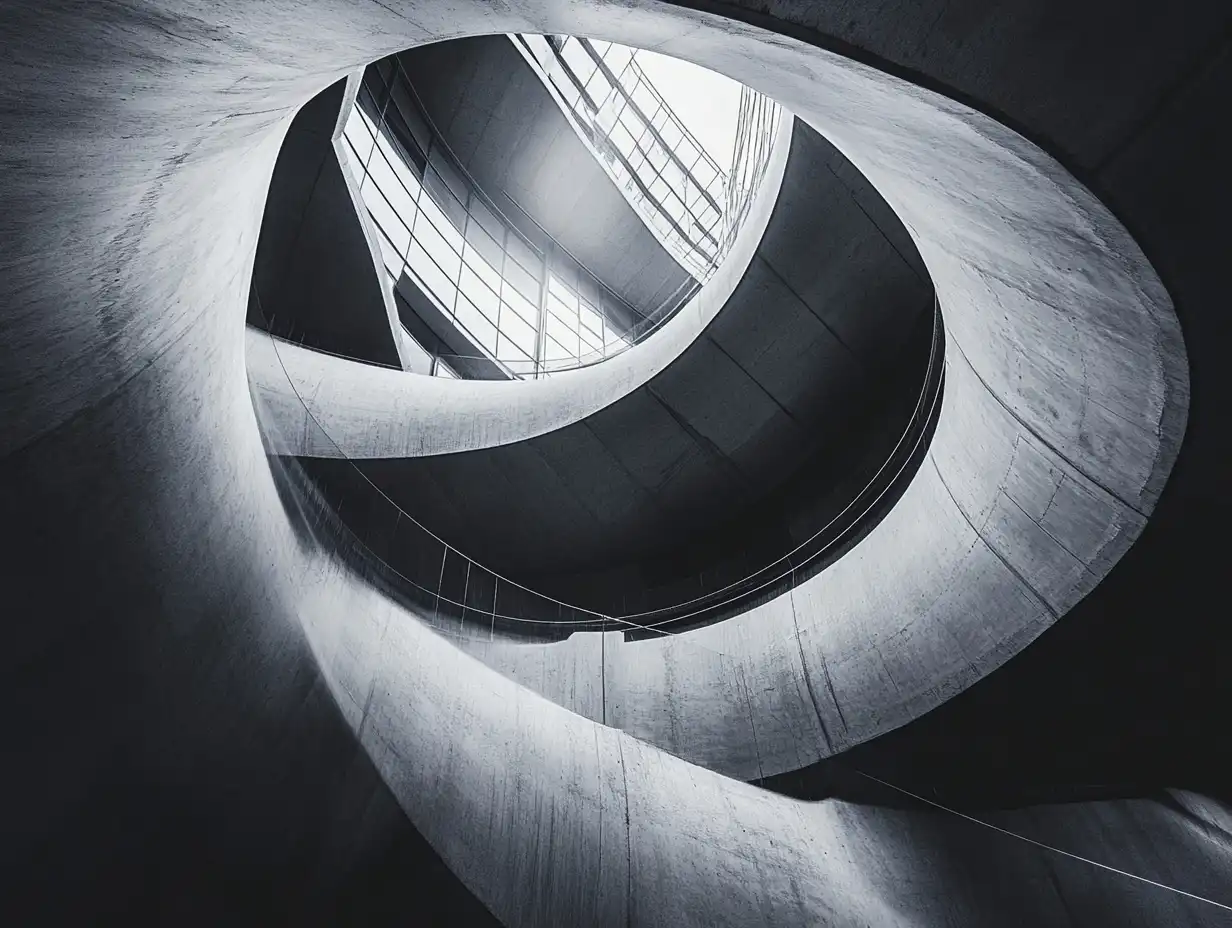
Understanding Architectural Photography
Architectural photography focuses on capturing buildings and structures, highlighting their design, artistry, and functionality. It requires techniques that emphasize composition, light, and perspective to create compelling visuals.
What Is Architectural Photography?
Architectural photography is the practice of photographing buildings, interiors, and urban environments. It captures the aesthetic and functional aspects of these spaces, often emphasizing architectural styles, textures, and details. This form of photography covers a variety of subjects, including residential homes, skyscrapers, bridges, and historical landmarks.
Why Is Architectural Photography Important?
Architectural photography serves as a visual documentation of architectural innovation and culture. It highlights design elements that inspire architects, designers, and urban planners, preserving the essence of architectural achievements. High-quality images attract property buyers, showcase real estate, and promote tourism by enhancing the appeal of destinations. It also elevates the professional portfolios of architects and showcases creativity to wider audiences.
Essential Equipment For Architectural Photography
Using the right gear ensures clarity, precision, and creativity in architectural photography. Each piece of equipment plays a critical role in capturing impressive images of structures.

Cameras And Lenses
Choosing high-resolution cameras and versatile lenses maximizes image quality and flexibility. Full-frame DSLRs or mirrorless cameras, like the Canon EOS R5 or Sony A7R series, offer excellent resolution for detailed architecture shots. Wide-angle lenses, such as a 16-35mm lens, are ideal for capturing expansive building exteriors or interior spaces. Tilt-shift lenses help correct perspective distortions, ensuring straight architectural lines and a professional finish.
Tripods And Stabilization Tools
Sturdy tripods provide stability for longer exposure shots, often necessary in low-light conditions like evening or interior photography. Carbon-fiber tripods are lightweight and durable, making them a reliable option for travel shoots. Ball-head tripod mounts, offering adjustable angles, enhance compositional precision. Gimbal stabilizers improve handheld shooting and are particularly useful when capturing dynamic or video content of architectural structures.
Lighting Equipment
Supplementing natural light with quality lighting enhances detail and balance. Portable strobes or speedlights, such as the Godox V1, offer good control for highlighting specific areas within interiors. LED light panels provide consistent light for large spaces or shadow-filled zones. Light diffusers, like softboxes, soften harsh lighting to maintain the architectural atmosphere and accentuate design elements without overpowering the scene.
Mastering Composition Techniques
Composition plays a critical role in architectural photography. Employing the right techniques enhances visual storytelling by guiding the viewer’s focus and emphasizing the design’s essence.
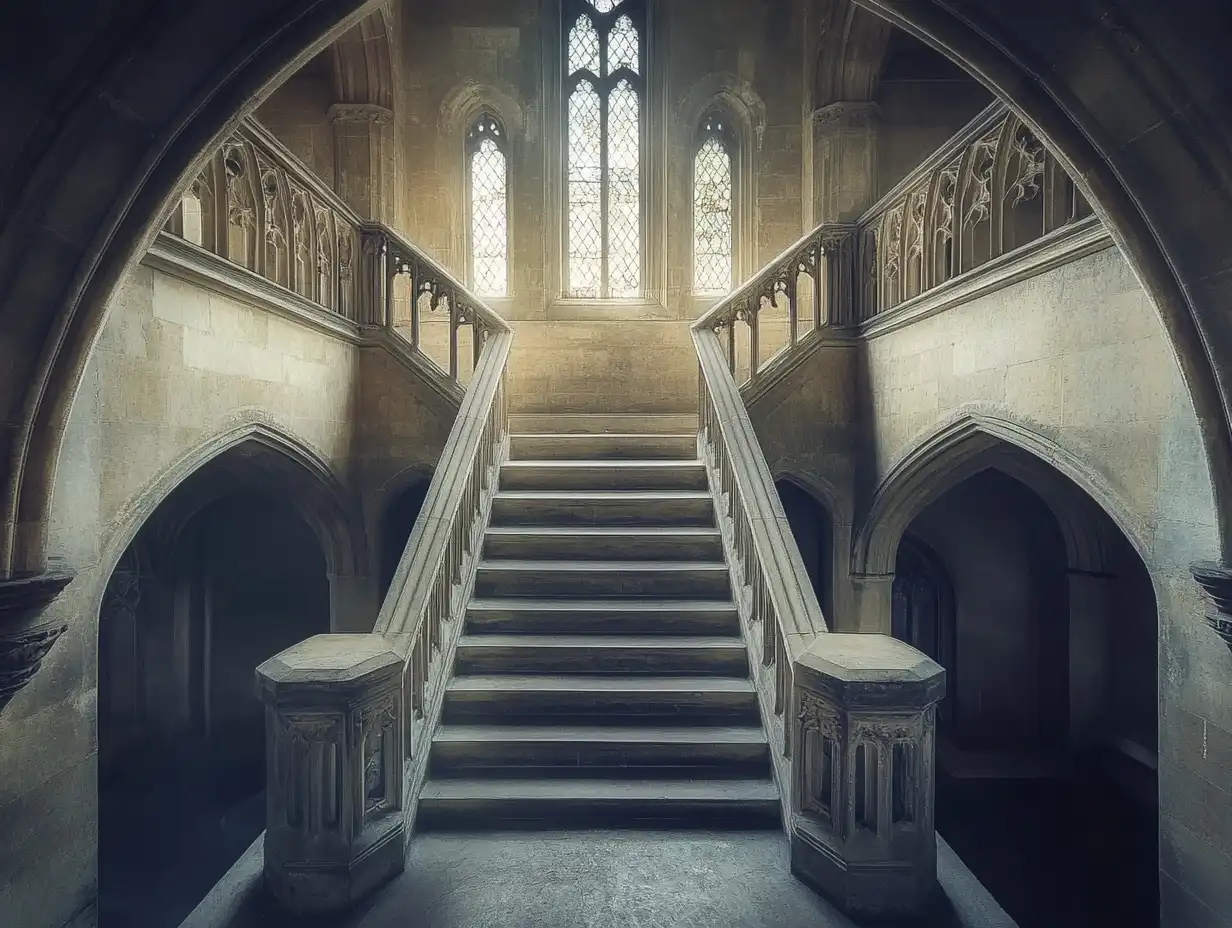
Finding The Right Angles
Angles determine how architectural elements are perceived. We explore buildings from various vantage points to emphasize unique design features, such as symmetry or unconventional shapes. Shooting from a low angle exaggerates height, while elevated angles reveal layouts and patterns. Rotating around the structure helps identify viewpoints that best showcase its character.
Using Leading Lines
Leading lines create visual pathways that draw attention to focal points in architecture. By incorporating natural lines, like edges of staircases, railings, or building facades, we guide the viewer’s eye through the frame. For example, diagonal or converging lines add depth, while vertical lines highlight a sense of grandeur. Aligning these elements precisely strengthens the photo’s composition.
Working With Negative Space
Negative space highlights the subject by minimizing distractions. We use uncluttered skies, open areas, or minimalistic backdrops to isolate architectural structures. This method draws focus to the building’s form and texture while creating a sense of balance and simplicity. For example, framing a skyscraper against a clear sky emphasizes its structure without competing elements.
Harnessing Lighting In Architectural Photography
Lighting is a crucial element that can dramatically impact architectural photography. By understanding and controlling both natural and artificial light, we can highlight architectural details and create captivating images.
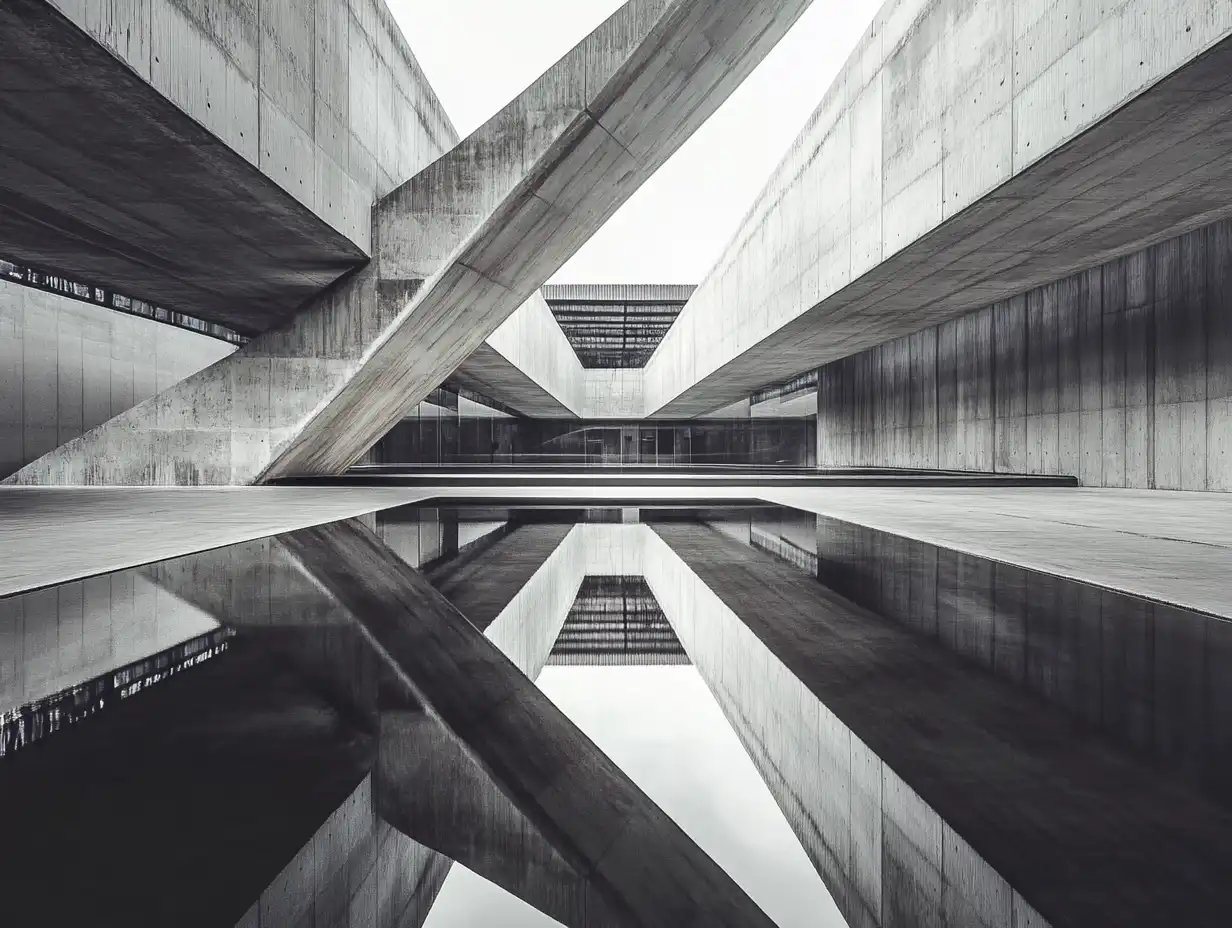
Natural Light Considerations
Natural light offers soft, diffused tones that enhance the natural beauty of architecture. We consider the building’s orientation and shadows throughout the day to capture the best lighting conditions. For exterior shots, morning or late afternoon light adds depth and texture by accentuating surface details. Interiors benefit from indirect daylight, which avoids harsh contrasts and evenly illuminates spaces.
Cloudy weather provides even lighting, minimizing shadows and overexposure. It’s ideal for showcasing a structure’s proportions and design in its entirety. For instance, facades with intricate patterns stand out without harsh lighting distractions.
Using Artificial Lighting
Artificial lighting is essential when natural light is inadequate or to emphasize specific features. We employ portable strobes, LED panels, and spotlights to enhance visibility in darker conditions. For interiors, controlled lighting highlights architectural elements like vaulted ceilings or unique fixtures. Exterior shoots at night use uplighting or floodlighting to underscore textures and create dramatic effects.
Combining ambient and artificial light ensures balanced exposure. To prevent harsh contrasts, we use diffusers and adjust lighting angles, maintaining harmony in compositions that include reflective surfaces like glass or metal.
Timing And Golden Hour Tips
Golden hour, shortly after sunrise or before sunset, provides warm, directional light ideal for architectural photography. We use this time frame to capture dynamic shadows and vibrant color tones that enrich images. Structures with complex facades or materials like stone or brick appear more dimensional under this lighting.
For urban environments, blue hour—just after sunset—creates a soft glow that complements illuminated buildings. Combining this timing with long-exposure techniques enhances the atmosphere, blending natural and artificial light seamlessly for striking visuals.
Post-Processing Architectural Images
Post-processing transforms raw captures into refined and impactful architectural photographs. It enhances visual storytelling and ensures the representation aligns with the structure’s intended design and details.

Adjusting Exposure And Contrast
Balancing exposure and contrast draws attention to key architectural elements. We focus on correcting overexposed highlights and underexposed shadows to maintain detail across the frame. Tools like histograms in editing software aid in achieving optimal tonal balance. Increasing contrast enhances clarity, making textures and details prominent without overshadowing the composition.
Correcting Perspective Distortion
Architectural images often require alignment to correct perspective distortions. Converging verticals from wide-angle lenses can misrepresent a structure’s geometry. We use perspective correction tools in software like Adobe Lightroom or Photoshop to straighten lines and ensure accurate dimensional aesthetics. Maintaining symmetry is especially important in framing façades and interiors.
Enhancing Details And Textures
Fine details and textures add depth to architectural photography. We sharpen edges to define intricate patterns and use clarity adjustments for nuanced surfaces like stone, glass, or wood. Selective editing isolates specific areas, enhancing textures without affecting smoother sections like skies. Applying subtle noise reduction ensures high-quality finishes without losing essential details.
Tips For Capturing Stunning Interior And Exterior Shots
Architectural photography thrives on technical precision and artistic sensibility. Whether documenting interiors or exteriors, understanding key techniques helps create impactful images that showcase the essence of a space.
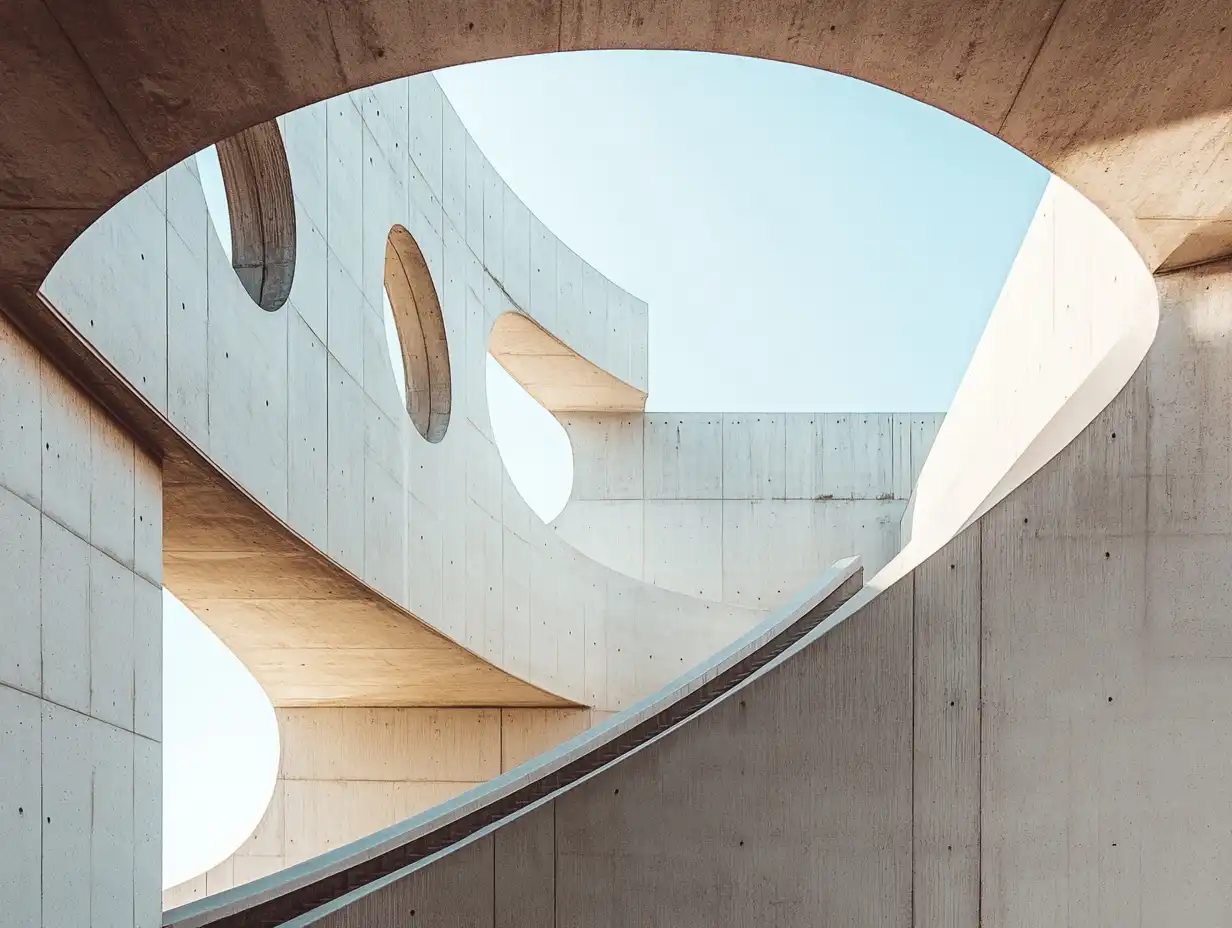
Techniques For Indoor Spaces
Maximizing natural light in interiors creates soft, natural tones. Shooting during daytime hours allows sunlight to filter through windows, reducing the need for artificial lighting. When natural light isn’t sufficient, we can use bounce flash or adjustable LED panels to preserve a balanced, realistic look.
Maintaining symmetry and straight lines adds visual appeal to indoor shots. Using a tripod with a spirit level helps ensure the camera remains steady and aligned. Wide-angle lenses work best to capture full rooms without distortion, provided we avoid overly exaggerated perspectives.
Incorporating reflections and patterns enhances storytelling. Reflective surfaces like mirrors or glossy finishes can add depth if framed carefully to avoid distractions. We can also use repeating patterns in decor or structures, such as tiles or beams, to create rhythm within the composition.
Approaches For Capturing Exteriors
Capturing exteriors often requires paying attention to natural light and weather conditions. Early morning and late afternoon provide softer lighting that reduces harsh shadows and highlights architectural textures. Using neutral-density filters can help manage overexposure in brighter conditions.
Highlighting scale and surroundings connects the structure to its environment. Positioning people or vehicles within the frame emphasizes scale. Including nearby elements like trees or streets creates context and grounds the building’s design in its setting.
Experimenting with unique angles reveals architectural character. Shooting from low angles accentuates height, while elevated viewpoints showcase layouts and integration with the landscape. We can fine-tune these angles using tilt-shift lenses to correct perspective distortion and capture clean lines.
Highlighting Design Elements
Focusing on key details showcases the craftsmanship of architectural designs. Close-ups of textures, materials, and intricate patterns reveal the subtle artistry in construction. Macro photography is useful for isolating smaller elements, such as carvings or ornate moldings.
Combining light and shadow creates eye-catching contrasts. Strong sunlight or directional artificial lighting highlights textures and contours, adding dynamic depth to images. When balanced carefully, shadows can emphasize shapes and add dramatic definition to architectural features.
Using lines and geometry strengthens visual impact. Leading lines naturally draw the viewer’s gaze toward focal points, while geometric patterns create harmony and interest. Aligning these with the rule of thirds enhances balance and ensures aesthetically pleasing compositions.
Common Challenges And How To Overcome Them
Architectural photography often presents unique challenges influenced by environmental and technical factors. Understanding and addressing these obstacles ensures consistently high-quality results.
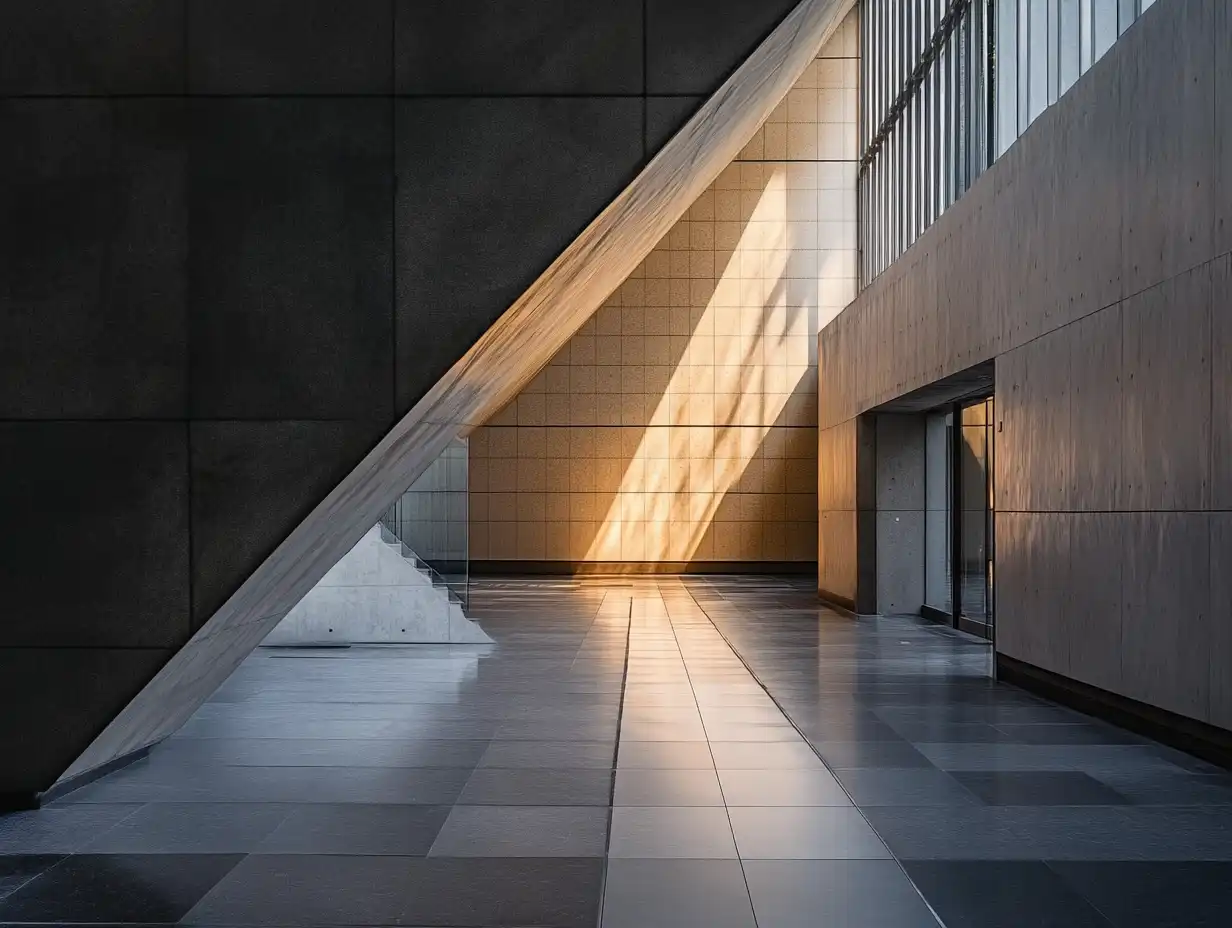
Dealing With Reflections And Glare
Reflections from glass surfaces and glare from polished materials disrupt image clarity and composition. Using a polarizing filter minimizes reflections and enhances color saturation, especially when shooting glass facades or water features. Adjusting angles while repositioning the camera reduces unwanted glare caused by direct sunlight. For indoor scenarios, balancing artificial light sources and shielding windows with diffusers ensures better control over reflections.
Managing Weather Conditions
Unpredictable weather can affect lighting and visibility during outdoor shoots. Cloudy conditions offer diffused lighting that eliminates harsh shadows, perfect for capturing intricate details. Sunny weather highlights contrasts while creating dynamic shadows, ideal for showing geometry. Carrying rain gear for equipment and using post-processing tools to adjust for overexposed skies ensure adaptability in changing weather. Timing shoots to coincide with favorable conditions like the golden hour elevates image quality.
Avoiding Common Mistakes
Crooked horizons compromise composition and reduce professionalism. Using the grid function or a bubble level ensures straight, balanced lines. Overediting leads to unnatural results that detract from architectural authenticity—prioritize realistic adjustments during post-processing. Forgetting contextual elements like surrounding landscapes or structures risks missing key storytelling aspects; framing the subject to include relevant details adds depth. Consistent focus on symmetry, accurate geometry, and scale maintains architectural intention.
Conclusion
Architectural photography merges technical expertise and artistic vision to capture the essence and story of architectural designs. Mastering this craft involves understanding composition, leveraging lighting techniques, using the right equipment, and employing post-processing tools to create visually compelling images.
Incorporating techniques like precise framing, leading lines, and symmetry strengthens composition, while experimenting with angles and negative space adds depth. Timing natural light effectively or balancing artificial lighting enhances the visual impact of structures, ensuring clarity and vibrancy. Using advanced equipment like tilt-shift lenses, wide-angle lenses, and high-resolution cameras guarantees precision and control, especially in challenging conditions.
Addressing challenges like reflections, weather impacts, and perspective distortion requires adaptability and specialized tools, such as polarizing filters and editing software. Refining raw images through careful adjustments highlights key details and maintains authenticity. By focusing on both technical and creative elements, we create photography that celebrates architectural brilliance and elevates visual storytelling.
- advanced architectural photography
- architectural photography for beginners
- architectural photography guide
- architectural photography ideas
- architectural photography tips
- architectural photography tutorials
- architecture photography techniques
- art of architectural photography
- best camera for architectural photography
- composition in architectural photography
- creating stunning architectural images
- essential architectural photography techniques
- guide to architectural photography
- how to photograph architecture
- improve your architectural photography
- lighting tips for architectural photography
- photography tips for architecture enthusiasts
- professional architectural photography methods
- stunning architectural photos
















Leave a comment